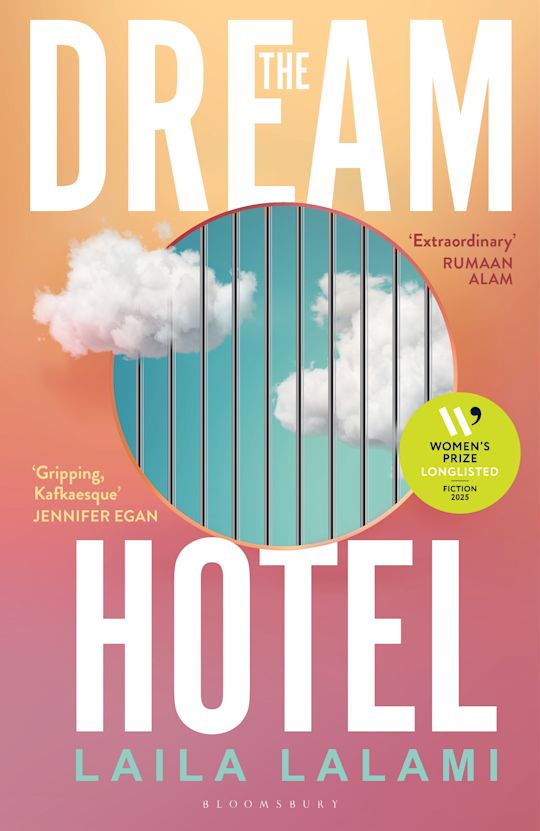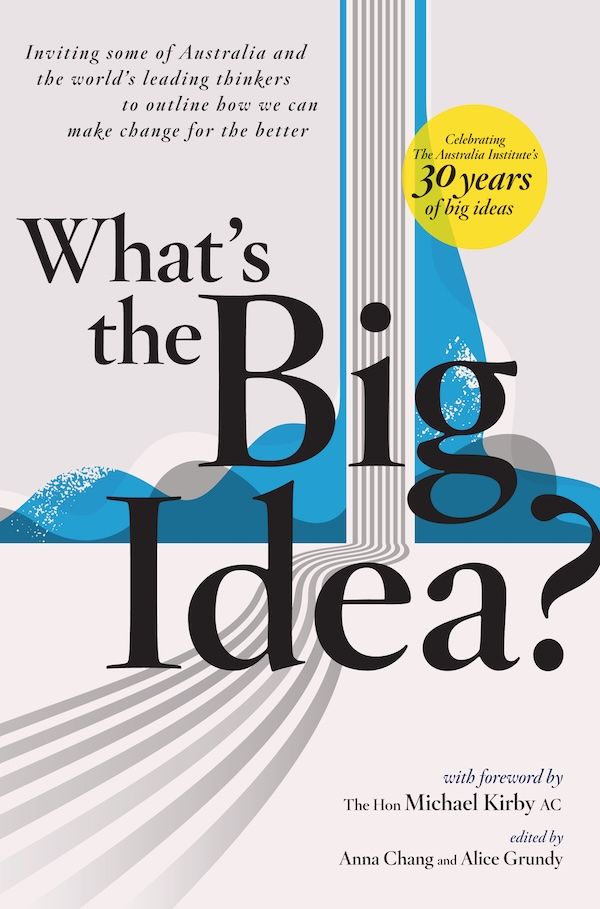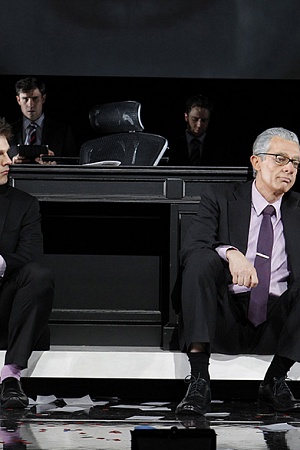King Lear

A solid wooden desk at centre stage is bracketed by two more placed behind it. A whiteboard is off to one side, and a pile of broken office chairs rises on a tiered platform, suggesting a throne. The rollers from five swivel chairs hang threateningly over the actors’ heads. As the audience is seated, actors in dour business suits enter and exit, checking papers with a sense of subdued activity as the ethereal strings, pads, and pizzicato melodies of Ben Keene’s sound design float through the space. Someone Blu-Tacks a pie chart split into three on the whiteboard, foreshadowing the play’s famous conceit. These pre-show touches promise an anachronistic corporate world with overtones of Terry Gilliam’s Brazil and the Time Variance Authority from Marvel’s recent Loki.
Continue reading for only $10 per month. Subscribe and gain full access to Australian Book Review. Already a subscriber? Sign in. If you need assistance, feel free to contact us.










Leave a comment
If you are an ABR subscriber, you will need to sign in to post a comment.
If you have forgotten your sign in details, or if you receive an error message when trying to submit your comment, please email your comment (and the name of the article to which it relates) to ABR Comments. We will review your comment and, subject to approval, we will post it under your name.
Please note that all comments must be approved by ABR and comply with our Terms & Conditions.